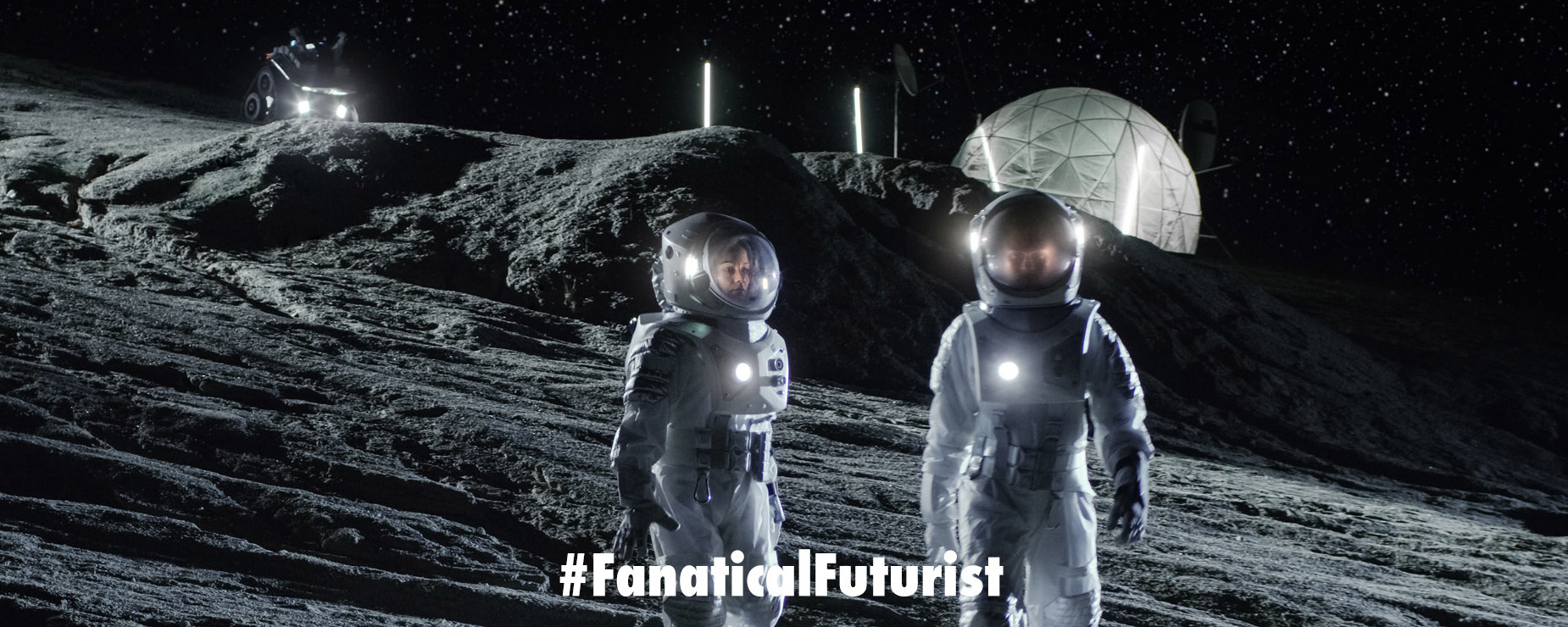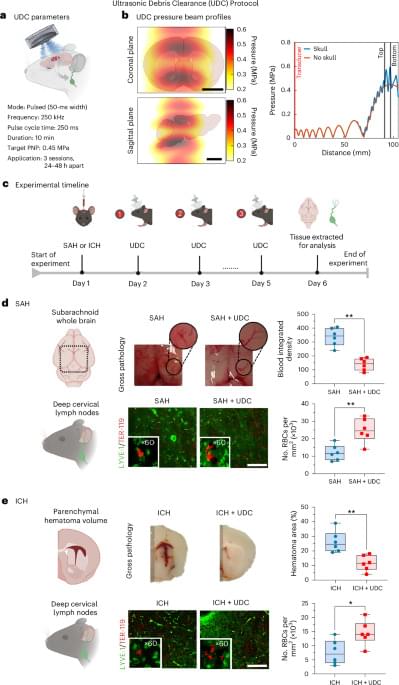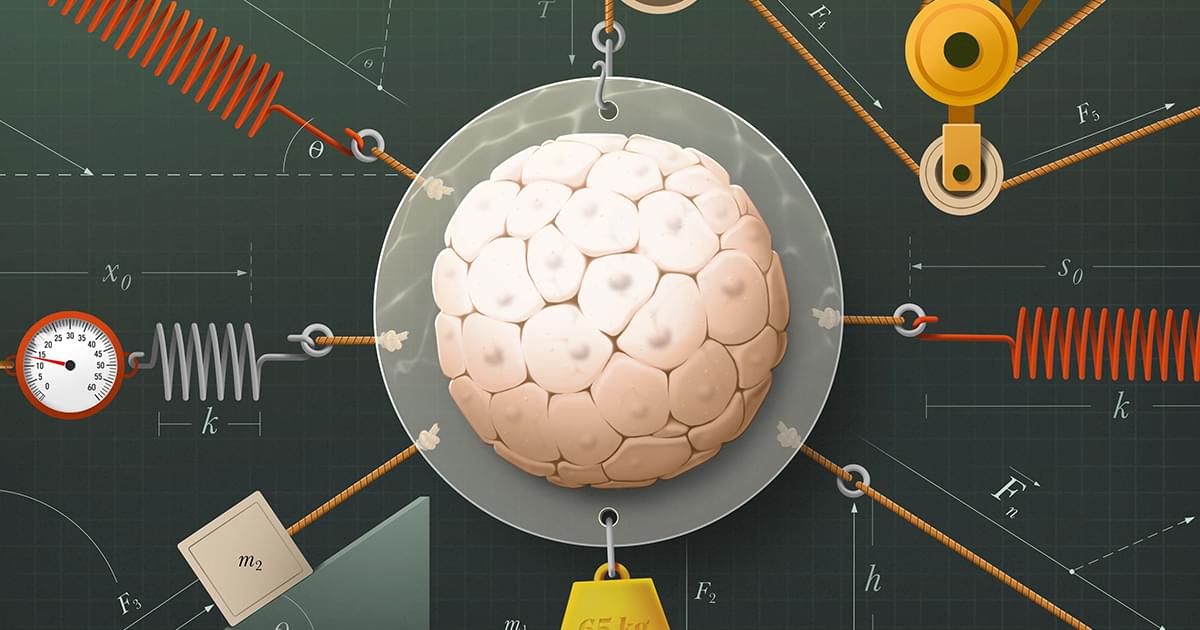The connections between a Brain Machine Interface and the human brain are vital, and increasingly teams aren’t using traditional methods or materials.


I recently read “A Brief History of Intelligence” by Max Bennett — and I highly recommend you check it out — it’s an absolutely brilliant book! I will be having a few conversations with Max but for now here is a taster from our first chat about how our brain works like a simulation machine. You can buy his book from Amazon — https://amzn.to/3weN3uS Watch behind the scenes, get early access and join the private Discord by supporting us on Patreon. We have some amazing content going up there with Kenneth Stanley this week! Listen to this entire conversation now (Simulations chapter) on Patreon: / max-bennett-of-1–97975425 Watch part 2 (Mentalizing chapter) on Patreon —
/ max-bennett-of-2–98181787 Watch part 3 (Language) here
/ max-bennett-3–0-100006225
/ mlst (public discord)
/ discord
/ mlstreettalk.
Discover the world of neural dust as a new frontier in biomedical technology, promising to revolutionize healthcare by enabling real-time brain monitoring an…





“We are expecting that when Rubin obtains very deep imaging of galaxies, we will see them surrounded by a faint network of stellar streams,” Romanowsky concluded. “The discovery of the stream shows the excellent characteristics of Rubin for making such observations, and points to a rich future of similar discoveries as vast areas of the sky are mapped out.”
The team’s research is available on the paper repository site arXiv.

